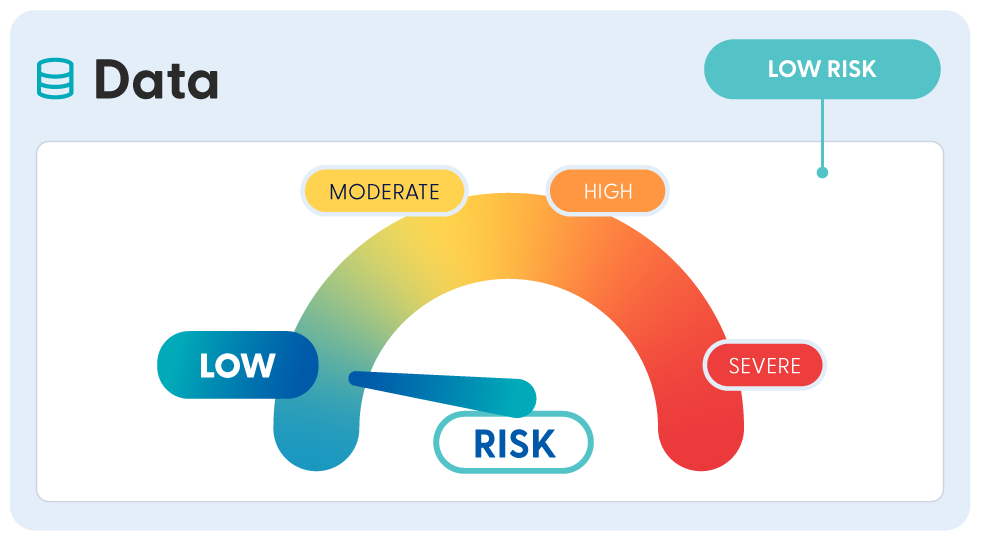Vous devez activer les cookies pour accéder à ce site.
How Can I Reduce Risk & Protect My Firm From Litigation?
Archives. Audit Trails. Dispute Resolution.
Learn more
Archives. Audit Trails. Dispute Resolution.
Learn more
Resolving disputes quickly requires having complete and accurate documentation of project decisions throughout the life of the project and beyond. Given the amount of systems and applications that most firms use to store data, this isn’t an easy task.
If your project is like most others, decisions are typically documented through email. Most firms manage “formal” project data – the formal exchanges of submittal, RFIs, and change orders, etc. – which are basically contractual documents.
But capturing the “informal” associated data is critically important for risk mitigation. Does your project record also include your email trail?
Did you initiate an RFI that ended up as a Change Order? If so, you have to be able to connect those documents to the associated email trail. Having a good Project Information Management (PIM) strategy makes for a good project record. It makes those connections for you so that you have complete documentation on how decisions were made over the course of the project. These connections help you to resolve disputes.
In fact, the American Bar Association suggests, “Figuring out whether a change order is justified is fact-specific. To determine whether a “change” is really a change, look at pre-bid documents, responses to RFIs, field work orders, and the parties’ course of dealing.”
Sometimes you need to go back in history to resolve a dispute. For example, some countries require construction firms to provide defect-free construction for a specified number of years. So, how do you find information to settle a dispute in year’s worth of records?
By having a complete project archive available during the initial investigation and discovery phases of litigation, you can cut the litigation process off at the pass.
Projects eventually come to an end. Sometimes they come to an end with a ribbon-cutting ceremony and cartoonishly large scissors (we all just got that visual in our heads didn’t we!). Other times they close with a sigh of relief before the next project is tackled. But every project has lessons learned for next time. So how are these data gaps transmitted to the next team of stakeholders?
One important pillar of PIM is having a project archive, which lets teams record the lessons they’ve learned on the way.
Although each project is unique, the processes for how teams manage project information are usually consistent. Identifying where, how, and why overruns are occurring enables project teams to address communication and process breakdowns. That data may be hidden in your last project’s archive.
For example, there may be a few high-impact RFIs or change orders from a previous or similar project worth analyzing.
Consider a completed renovation project of a 100-year-old building: the original plans were out of date and there was limited knowledge as to what conditions would be like until construction began.
Everything had to be managed as it came up, but by adding each Action Item to the record using a BIM coordination platform, it created a conversation thread about how particular problems were discovered and resolved. These are complete with comments, pictures, and plans linked throughout for ease of reference.
Transparency is what prevents disputes between the project stakeholders. If you provide clear information about the project’s progress, stakeholders can address issues early and work collaboratively to find solutions. Transparency means that information is readily accessible to stakeholders in a timely and accurate manner.
Documenting action items in meeting minutes is so last decade! When action items are documented and managed real time in a cloud-hosted system that everyone has access to, accountability also happens in real-time. This is exactly what your clients are looking for! Issues are resolved before they become litigation. By sharing project updates in real time.
Disputes often arise when someone makes a mistake, and mistakes can be costly and could wind up in court.
Sharing current information is great, but it also has to be delivered on time. For example, if your teams receive a change order after they’ve already added the second floor to the building, you’re probably going to have to rework.
Mistakes can happen when people get confused. If they aren’t 100% sure about who’s assigned to an action item or how it will impact their work, why would they make the effort to resolve it? But, when your project team is working from a centralized action item list, there’s no more ambiguity, no more confusion.
If you’re not managing action items in real-time, you’re more than likely waiting on others to respond to your questions. Teams can resolve coordination issues more efficiently if you can take email delays out of the equation.
-
Trusted By
Risk Mitigation
See how you can improve your risk management through the proper building and maintenance of your project record.
Read post



